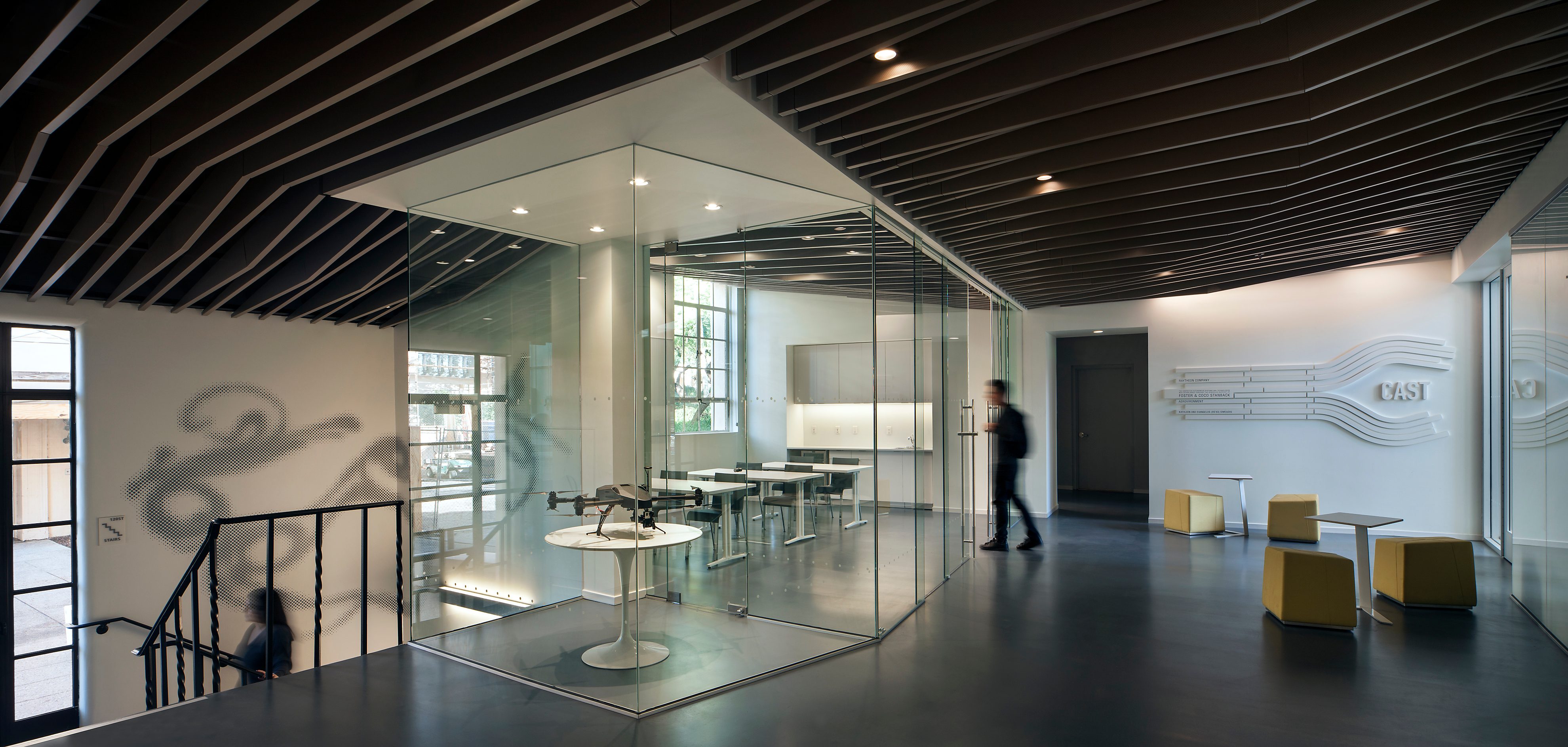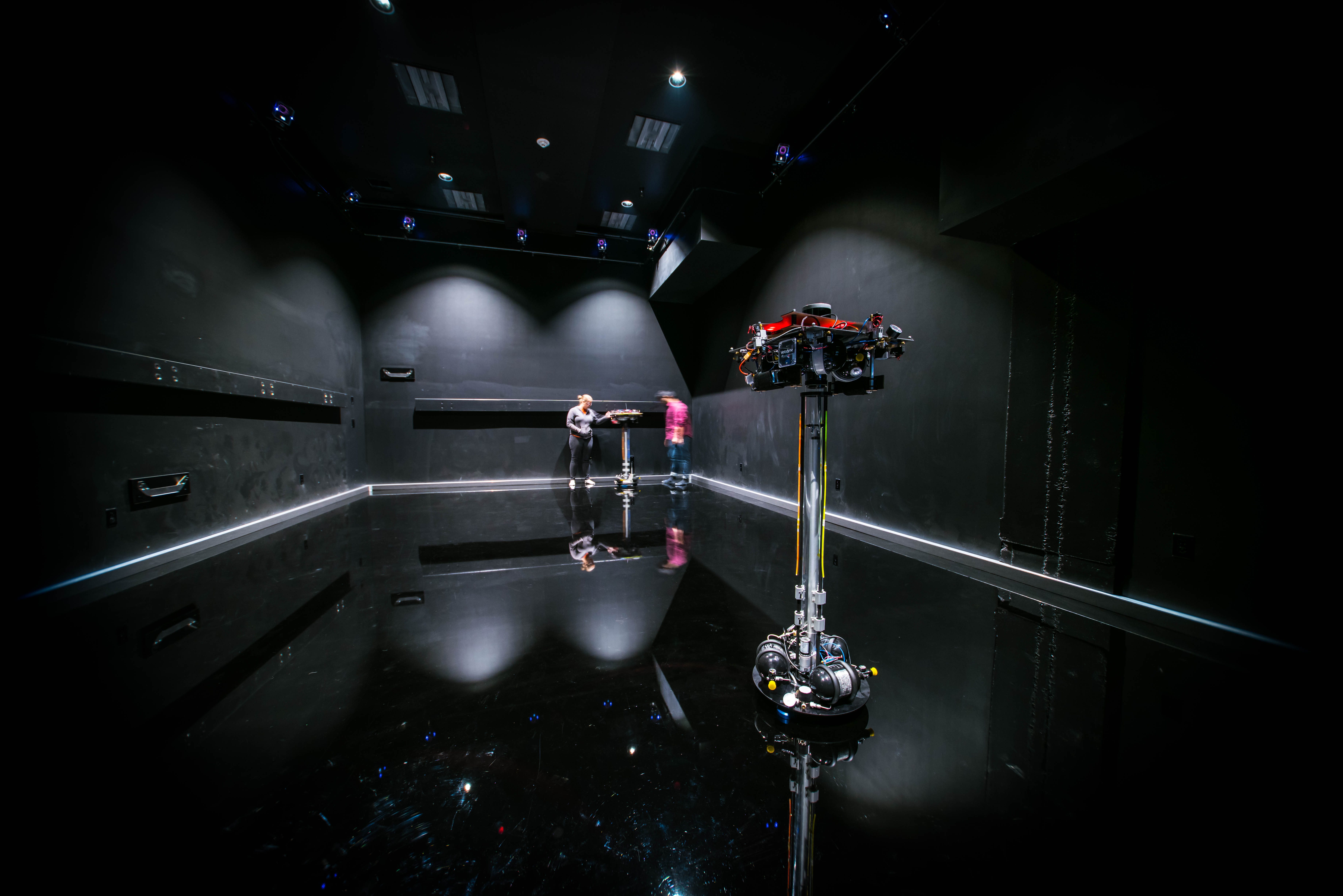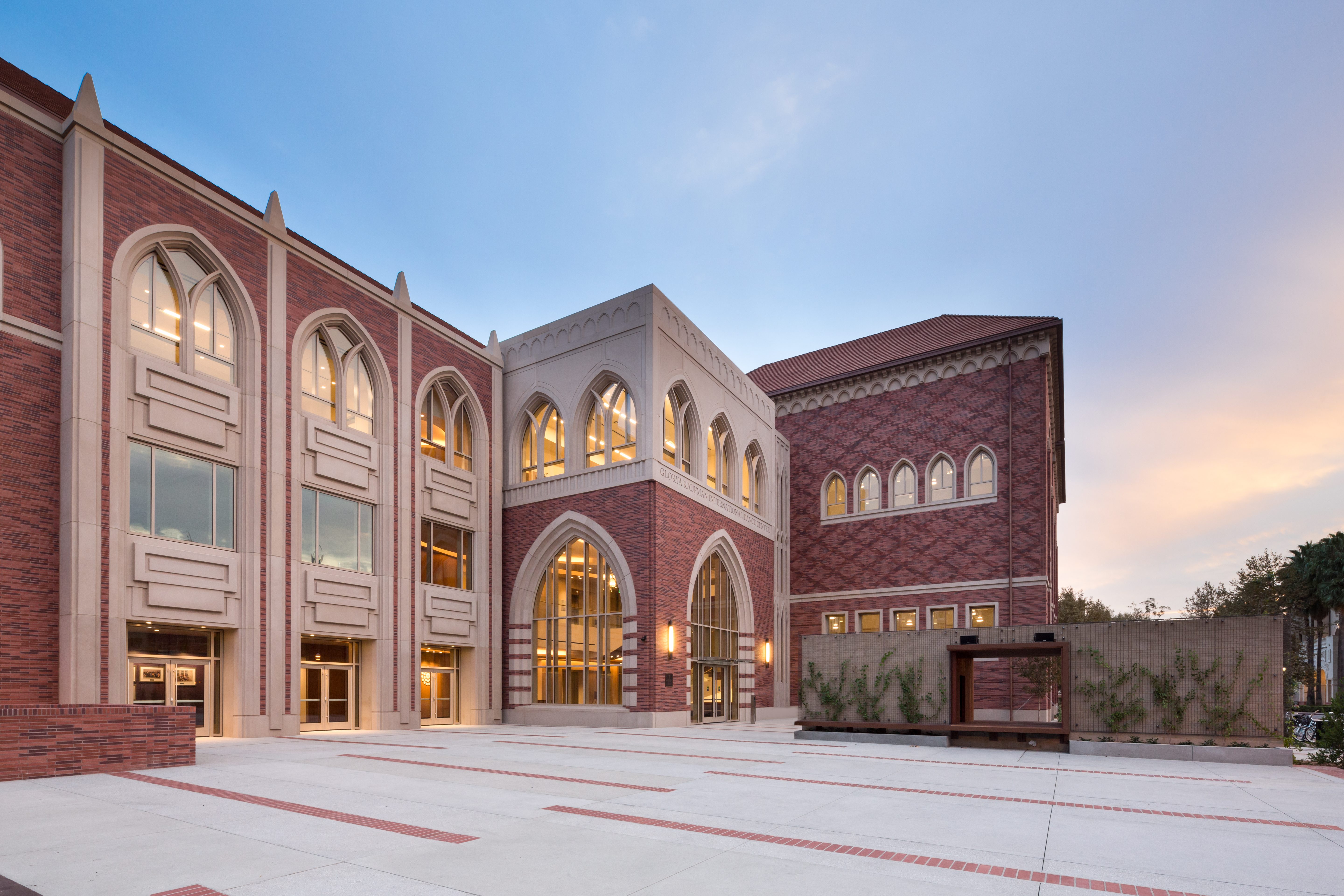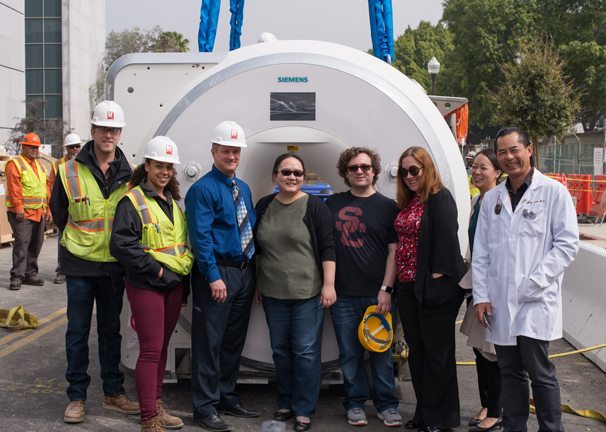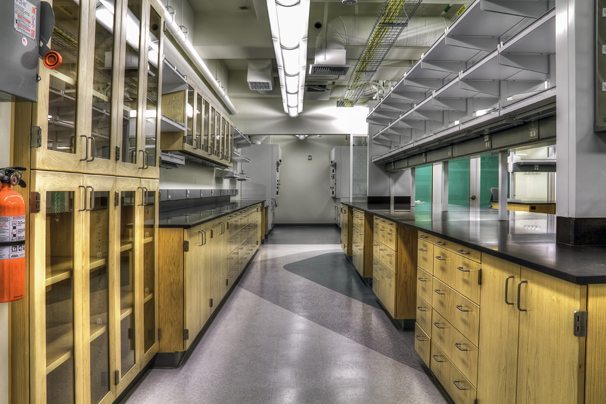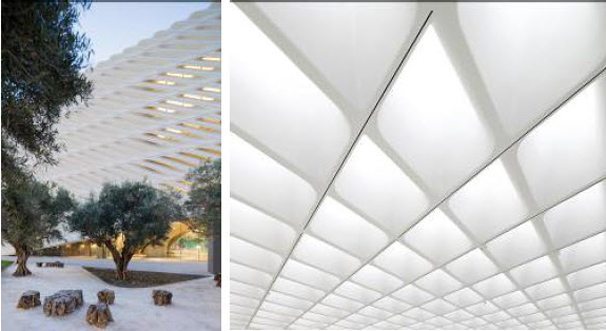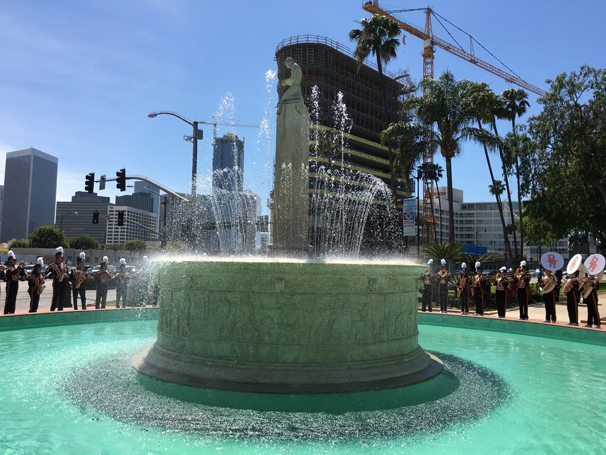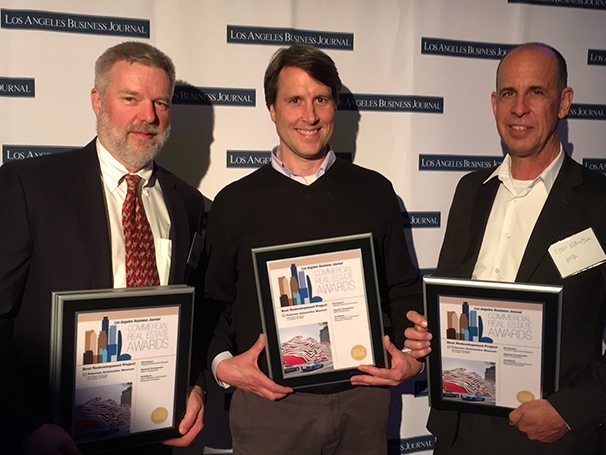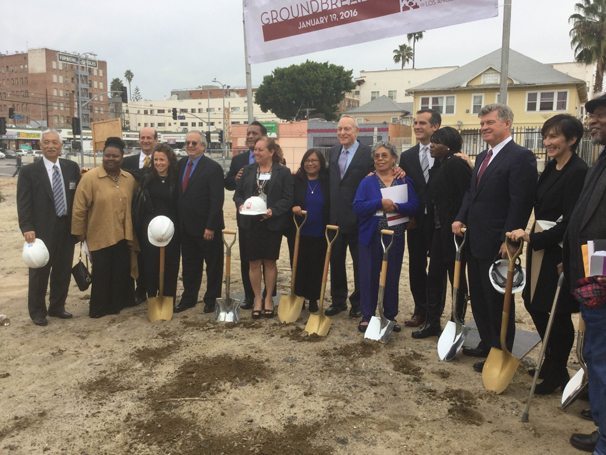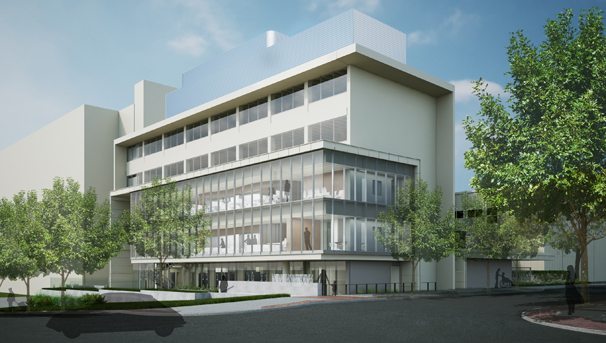
Location
Los Angeles
Owner
University of Southern California USC Capital Construction Development
Architect
Smith Group
Project Size
35,227 SF
ViewTo Infinitesimal … and Beyond!
MATT is partnering with SmithGroup architects in USC’s Raulston Medical Research Building Seismic Retrofit and Interior Renovation, updating the 1952-vintage RMR Building at USC’s Health Sciences Campus in Boyle Heights to accommodate its new Institute for Neuroimaging and Informatics (INI). INI comprises approximately 100 scientists, computer specialists and multidisciplinary technical and administrative staff, their imaging and ancillary equipment, laboratories, workspaces and offices, super computer suite, and Digital Immersive Viewing Environment (DIVE) presentation theatre. The head of the institute, the internationally renowned neuroscientist and informatician Dr. Arthur W. Toga, selected this particular building for its proximity to USC Hospitals and its adaptability to serve as an ideal venue for his team’s continued explorations into how to make the world’s wealth of neurological data usable for scientists—including those on his own team—to unravel causes and treatments for brain dysfunctions.
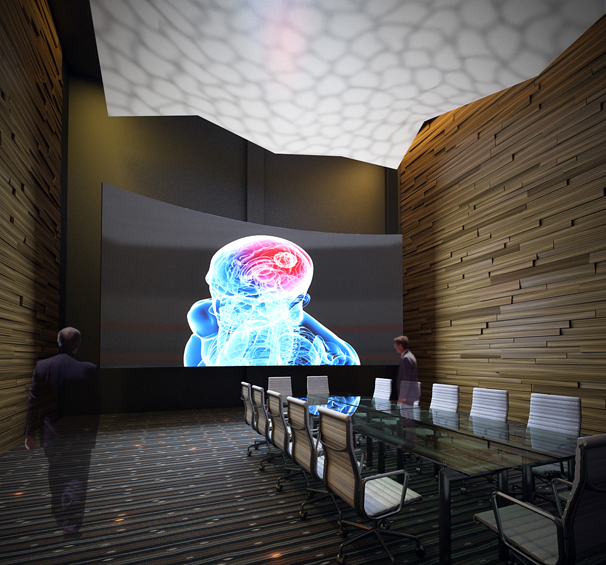
The new institute will occupy 3 of the building’s existing 5 floors; USC is reserving the remaining 2 floors for other purposes. Benefiting the entire building, this project will provide the usual structural seismic, exterior glazing, MEPF, HVAC, life safety, IT and sustainability (CalGreen) upgrades, along with an access control system; a new, rooftop central plant with battery backup provide an uninterruptible high capacity power supply, filtered power distribution, and dedicated systems for heating, and cooling, and for environmental and power monitoring. SmithGroup’s “bespoke retrofit” of the bottom 3 floors, will provide further improvements customized to the institute, including exterior enhancements that will incidentally enrich the appearance of the whole building, and expand it with an addition to house two Magnetic Resonance Imagers (MRIs): one, a standard 3T machine, and the other, a massive, rare 7T MRI capable of producing exceptionally detailed 3D brain imagery. Patients visiting the MRI facility will enjoy a small garden and appreciate the semi-private patient entry, separated from the research scientists.
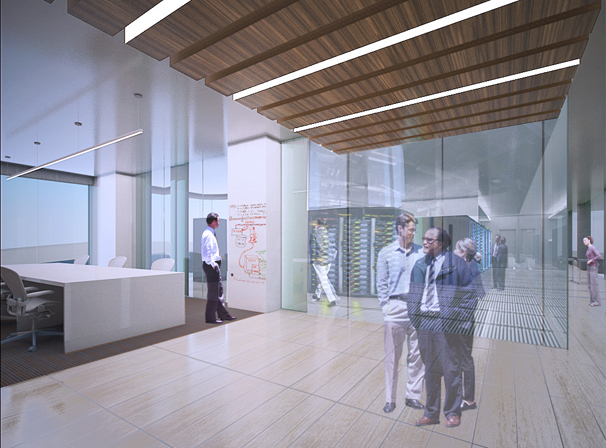
To realize this design vision, the MATT team will have to overcome the logistical difficulties inherent in the small site, busy location on an in-use campus, and limited laydown space; the typical sorts of difficulties entailed in seamlessly uniting old construction with new; and many specific technical challenges inherent in ultra high-tech installations, which here include ensuring sufficient shielding to protect patients, staff and delicate equipment from excessive radiation or interference emanating from electro-magnetic, electronic and diagnostic sources, including radiography (X-rays), fluoroscopy, nuclear medicine, tomography and other technologies.
In its original form, Raulston was a 5-story concrete frame box with a brick façade; and—to recap—Dr. Arthur W. Toga’s Institute for Neuroimaging and Informatics will occupy the first 3 floors, with the 2 upper floors reserved for other USC purposes. Now, the lab and research facility design specialists from SmithGroup are adding touches at once futuristic and humanizing to bring Raulston’s simple, mid-Century “box” into the 21st Century… and to create a space that will foster transformative advances shaping neurology and informatics for decades to come.
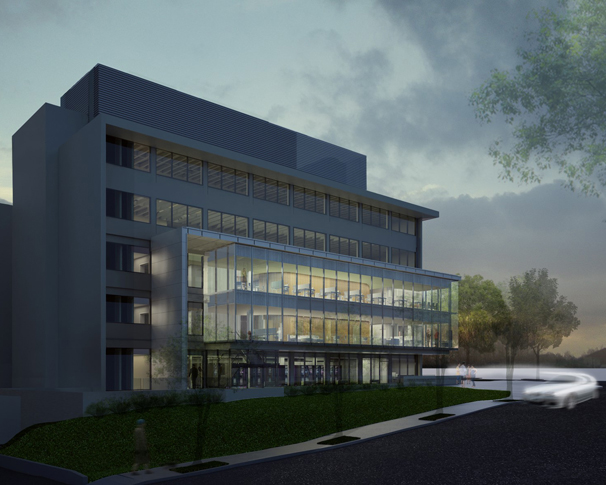
The architects have designed structural additions that play into the building’s strong geometry: Occupying the lower 3 floors of the 1952-vintage building, the Institute will gain greater space through a cantilevered addition to floors 2 and 3. On the front of the building, a boxy glass-walled addition, seeming to float from the 2nd and 3rd floors, will modernize the dated appearance while reinforcing the existing overall rectilinear theme; a non-structural rectangular frame around the “glass box” creates a unifying rhythm of concentric rectangles, almost like a set of nested boxes on the façade.
Figurative and literal transparency is expressed throughout the building. The “floating glass box” fronting levels 2 and 3 is complemented by floor-to-ceiling window-walls on the south and east sides of the same floors, and around the entire perimeter of the first floor. Looking in from the busy intersection outside, one will clearly see the Institute’s major internal components, such as the highly complex ground-floor Super-Computer facility, capable of accommodating up to 48 server racks; and the dynamic, super high resolution brain imagery playing across the giant, 3-dimensional curving LCD screen of the Digital Immersive Viewing Environment (DIVE) theater on the 2nd floor.
Imaginative lighting is an integral part of the design. Color changing LED fixtures on the entry level of the building, a light diffusing corridor wall, illuminated ceilings and the DIVE’s interior core wall will combine to create a lantern-like effect, a beacon inviting approach.
Inside, the glass perimeter exterior walls, along with heavy use of glass within to divide open workstations, visually establish informal team areas, and enclose private offices, visually connect the space, enhance its apparent expansiveness, maximize penetration of natural light, facilitate synergistic collaboration and communication among the staff. Amid the clean, elegant design and high-tech equipment, a gentle color palette and recurring design motifs drawn from natural forms rescue the interior environment from sterile utilitarianism.
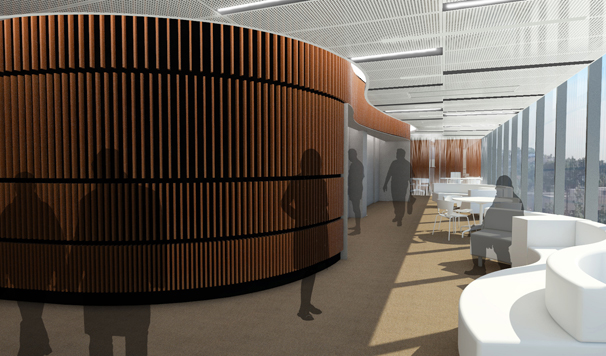
There is no doubt that the SmithGroup’s beautiful design and the MATT team’s exacting construction will provide USC’s INI with an efficient, productive and attractive workplace that will comfortably house its current program and adapt readily to its continued evolution. But what makes this building so important—and so fascinating—is what it its occupants will be doing inside it. And that provides great insight into why USC chose to customize this building just for INI, and the special requirements that informed its design and construction.


